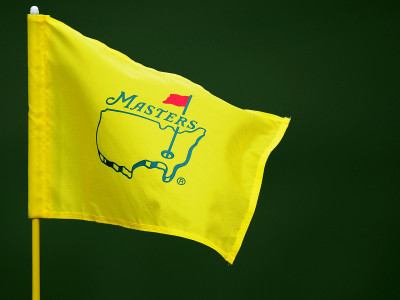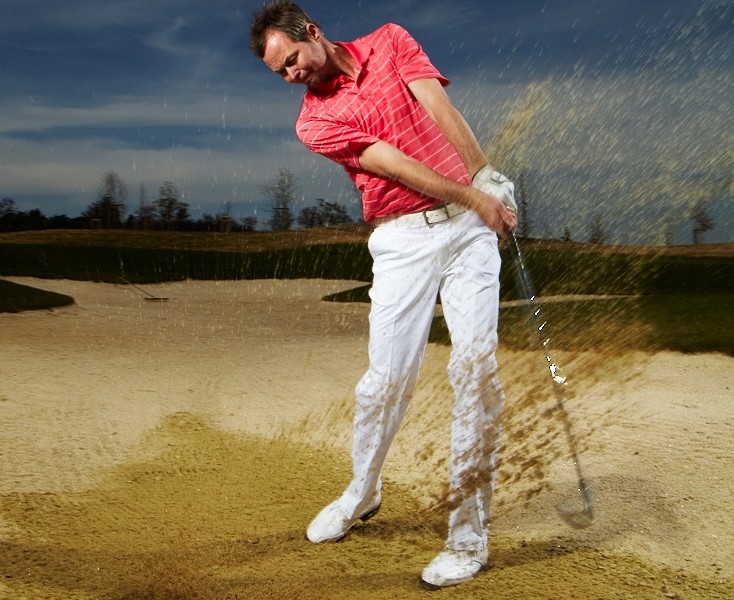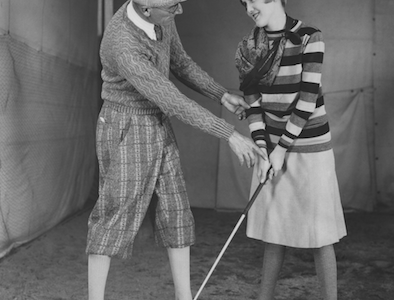Every week, the best golfers on the planet show off their amazing shots, wonderful passes and great putts on TV. Such scenes may convince us that top pros always play this way. No way, professionals also often find themselves in uncomfortable game situations, but that is where their extra class shows. Just how they can get out of trouble separates the men from the boys.
Of course, accuracy is extremely important. After all, the players on tour during the season must be able to hit an average of twelve greens in regulation per round and need to hit fairways with a success rate of about 55 per cent. But it still gives a very big margin for errors, which come with regularity. Then, however, exceptional shots must be demonstrated.
Consequently, lessons for amateur players follow. “If you want to lower your score, focus on how you handle scrambling,” says David Carter. “It’s a skill, which is forgotten by a lot of amateurs. They don’t really want to play bunkers during trainings, on the chipping green they pass from pleasant positions with an open view of a flag and with a ball placed on a low-cut surface. But is it really the reality that will await them on the course?” asks the English pro from Albatross, with a smile.
Pareto principle applies also in golf
Players prefer to polish their swing and try to hit as many balls on the driving range as possible. But this leads them into a trap of the Pareto principle, which surprisingly applies in golf as well. The Pareto principle states that 80 per cent of effects come from 20 per cent of causes. The aim is therefore to reveal the small spectrum of causes, which has a significant impact on the overall result.
If you spend a lot of time polishing the most popular golf activities, you will not much increase your chances of a good outcome. And vice versa, if you focus on scrambling, your score can significantly move downwards. Think about it again and also consider the worse weather conditions or that bad days simply happen.
When you focus on scrambling and you will feel more confident with it even in difficult conditions, your hands will not tremble while playing ordinary shots. You will know that you can handle the situation even if your shot does not meet your expectations and ends up in rough, sand, woods or elsewhere. You will be aware of the fact that all depends on what you know, not on what the course allows you.
You have to be able to play from anywhere
So, the next time you go to practice your golf, do not focus on the swing and hitting the ball, but on scrambling. Pay attention to it before it is too late. Because this is exactly where the strength of tour professionals come from. They may not be the players with the best swing in the world and do not even need to hit incredibly clean shots. They just simply must be able to play from any point on the course.
You might still be shaking your head and insist on your truth. The following will help you make a fairly accurate picture of where your doubts are. “Study your last ten rounds played. If you don’t have any notes of them, start to write them down during your practice rounds. Put down what cost you extra shots, how you dealt with situations that required quality rescue shots, etc.,” explains David Carter.
“Try to be a great rescuer rather than a great ball-striker,” says Carter. While it is always good to hit the fairway off the tee and then from a closely cropped grass quickly reach the green with a chance to score, a much wider smile on your face will create a successful rescue shot, before which the other players will have already written you off.










No comments